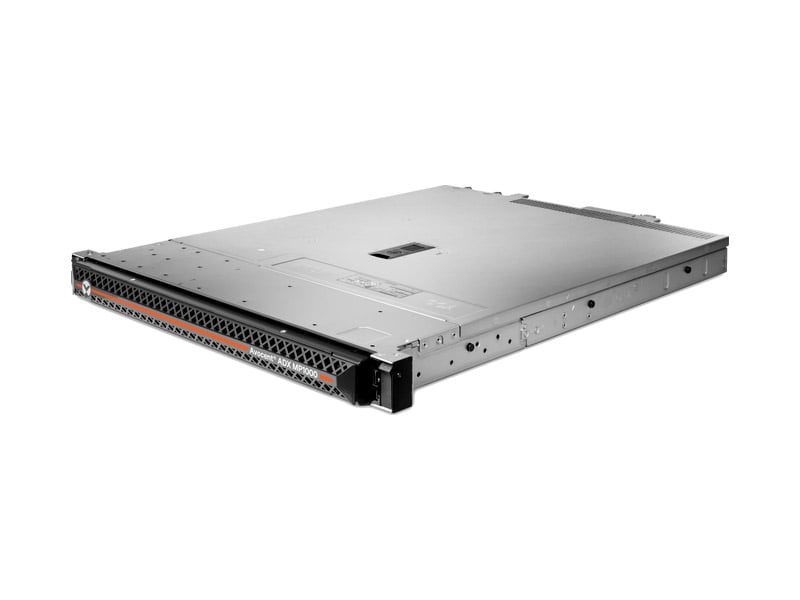451 Research calls 5G “the most impactful and difficult network upgrade ever faced by the telecom industry,” and they’re right. 5G introduces computing into the telecom space to support applications requiring low latency. This is happening now and quickly at service access points – the old central offices that now look and function like edge data centers – and spreading quickly across the access space.
This presents new challenges to telecom operators; most notably, the fact that IT servers are designed to operate in a temperature range of 64.4 to 80.6 degrees Fahrenheit (18-27 degrees Celsius). Traditional telco remote deployments were never built with such strict environmental control in mind, but 5G is changing the thermal profile of the network.
Telecom equipment, for obvious reasons, must function in extreme environments, with temperatures above 100°F or far below freezing common in some locations. Because traditional telco equipment generates little or no heat, thermal management has been focused on protection from the elements and consists of various shelters and enclosures. Servers, however, generate a great deal of heat, introducing a new and serious thermal challenge inside those cabinets.
The impact on those service access points has been dramatic. The equipment footprint is shrinking as switching gear is replaced by racks of servers that occupy less space but produce far more heat. Most access points have sufficient cooling capacity in their basic HVAC systems, but that air is being blown around large, almost-empty rooms, with little of it reaching the servers. Even if operators chose to blow more, colder air into the room, that approach would be wildly inefficient. To do so across hundreds or thousands of access points would send costs and carbon emissions skyrocketing.
For that reason and others, operators are taking a different path, turning to data center cooling solutions to solve 5G edge cooling challenges. These include in-row and rear door cooling solutions or, increasingly, fully integrated systems leveraging contained hot or cold aisles to maximize efficiency. Integrated systems provide added benefits, such as maximizing available space, enabling easy, modular capacity increases, and offering built-in fire suppression.
As operators execute these transitions across their networks, we are asked from time to time about the applicability of liquid cooling in these service access points. The technology is increasingly popular in data center cooling design – even in some edge deployments. It is not a recommended approach in telco service access points, however. Most of these facilities retain plenty of extra space around the IT systems, meaning there is no need to install high-density racks – and liquid cooling is a high-density cooling solution. If or when telecom operators start deploying 15 kW racks, the argument for liquid cooling will become compelling.
Odds are in favor of the “when” part of that equation, because the need for computing across the network is only going to increase. Operators recognize this and are acting with urgency rooted in the realization that the failure to adequately cool their new IT systems will result in network outages, and the failure to do so efficiently will drive up already sky-high electric bills.
How is your organization handling telecom’s transition to the edge and the changing thermal profile of the service access points in your network?







